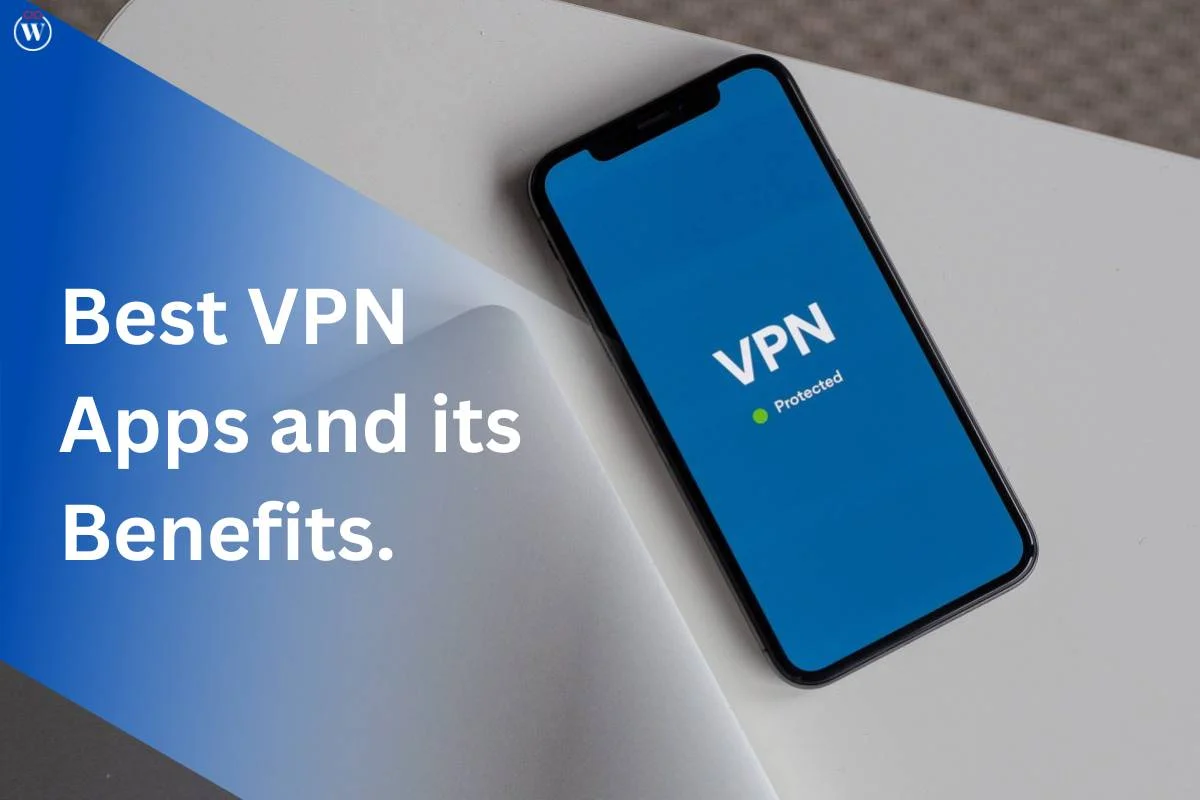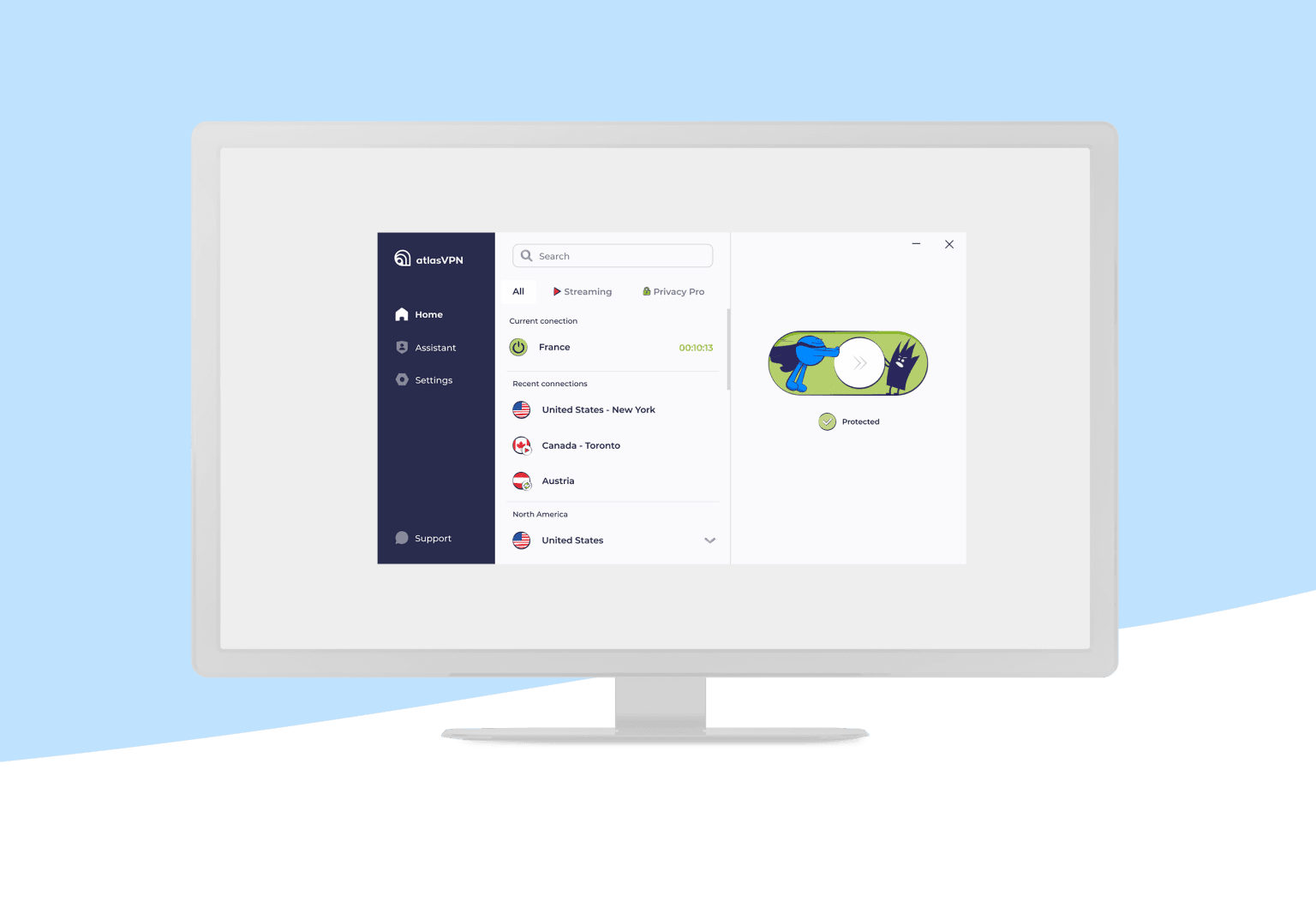The Psychology of LinkedIn Outreach: How to Get More Replies
Unlock the psychology behind successful LinkedIn outreach. Learn how to build trust, personalize messages, use reciprocity, and craft engaging content to increase response rates and turn cold prospects into valuable connections.
Outreach isn’t just about sending messages; it’s about psychology—understanding trust, reciprocity, and engagement triggers that make prospects more likely to reply. If your messages feel generic, self-serving, or transactional, they’ll end up in the “ignored” pile.
The solution? Crafting outreach strategies that align with how people make decisions. This guide breaks down the psychology behind effective LinkedIn messaging—so you can get more replies, build stronger connections, and turn cold prospects into real conversations.
The Science Behind Engagement on LinkedIn
Every interaction on LinkedIn is influenced by psychology. People are more likely to engage when they feel a message is relevant, personal, and beneficial to them. A generic approach often leads to ignored messages, while a well-crafted, thoughtful outreach makes prospects more open to responding.
Psychology plays a role in every stage of outreach, from how a message is perceived to the decision-making process of accepting or ignoring a request. When professionals tailor their approach based on how people naturally engage, they create better results and stronger relationships.
Building Trust Before Making an Ask
Trust is the foundation of successful LinkedIn outreach, and establishing credibility before making a request significantly increases the chances of a response.
The Role of Familiarity in Outreach
People are more likely to respond to someone they recognize. This does not mean they need to know the sender personally, but familiarity can be established through mutual connections, shared interests, or previous interactions. A well-structured LinkedIn profile that highlights credibility makes the outreach feel more trustworthy.
Engaging with a prospect’s posts before reaching out also helps. When a prospect sees a familiar name in their notifications, they are more likely to open and read a message instead of dismissing it.
The Importance of Personalization
A message that feels automated or mass-sent is easy to ignore. Personalization adds a human touch, making the recipient feel that the message was meant specifically for them. Using the recipient’s name, mentioning a shared interest, or referencing a recent post they engaged with increases the likelihood of a response.
People respond better to messages that acknowledge their interests and needs rather than those that focus solely on the sender’s goals. A simple shift from asking for something to offering value can make a significant difference in engagement.
Structuring Messages for Better Responses
The way a message is structured can make the difference between getting a response or being ignored. A clear, engaging, and conversational approach increases the chances of meaningful interaction.
The Psychology of First Impressions
The first few words of a message determine whether it gets read or ignored. If a message starts with a generic introduction or a long explanation, the recipient may lose interest before getting to the main point. A clear, engaging opening increases the chances of keeping their attention.
Short and direct messages perform better than long, detailed ones. Breaking down a message into a simple introduction, a clear reason for reaching out, and a friendly closing makes it easier to read and respond to.
The Power of Open-Ended Questions
When a message ends with a simple yes-or-no question, it often leads to a dead-end. Open-ended questions encourage conversation and give the recipient a reason to respond. Instead of asking if they are interested in something, asking for their opinion or insights makes them more likely to engage.
Questions that feel natural in a conversation create a sense of ease. When a recipient feels that they are part of a discussion rather than being pitched to, they are more inclined to reply.
The Role of Reciprocity in LinkedIn Outreach
When outreach is built on mutual value rather than a one-sided request, it fosters stronger connections and increases the likelihood of a response. People are more willing to engage when they feel the interaction benefits them as well.
Giving Before Asking
People are more likely to respond when they feel they are receiving something of value. Instead of asking for a call or a meeting right away, providing useful insights, relevant content, or helpful introductions creates a sense of reciprocity.
When a prospect sees that the sender is genuinely interested in providing value rather than just making a request, the chances of a positive response increase. Building a habit of sharing useful information makes outreach feel more like a contribution rather than a sales attempt.
Creating a Sense of Connection
Humans naturally seek connections with others who share similar experiences or interests. Finding common ground—whether it is a mutual connection, an industry trend, or a shared challenge—creates a sense of familiarity. Messages that highlight these connections feel less like cold outreach and more like a conversation.
Simple adjustments, such as referencing a recent industry change or mentioning a past experience, help create rapport. A message that feels personal and relevant encourages the recipient to engage rather than ignore.
How a LinkedIn Prospecting Tool Enhances Outreach Efforts
Reaching the right people with the right message takes time. A Linkedin Prospecting tool helps streamline this process by providing insights into engagement patterns, tracking conversations, and automating follow-ups while maintaining a personalized approach. By analyzing data and refining messaging strategies, professionals can increase response rates without losing the human touch.
These tools help identify prospects who are most likely to respond, ensuring that outreach efforts are focused on building meaningful connections rather than sending messages that go unnoticed. Instead of guessing what works, data-driven insights guide the approach, making each interaction more effective.
Adapting Outreach Strategies for Long-Term Success
Successful LinkedIn outreach is not a one-time effort but an ongoing process of learning and improvement. Adapting strategies based on engagement patterns ensures that outreach remains effective over time.
Testing and Refining Messaging
The most effective outreach strategies evolve over time. Tracking which messages get the best responses helps refine future efforts. Small adjustments, such as changing the opening line or adjusting the length of the message, can lead to significant improvements in engagement rates.
A willingness to adapt ensures that outreach remains relevant and aligned with how people prefer to communicate. The more professionals analyze and adjust their approach, the better they become at crafting messages that generate replies.
Balancing Automation and Authenticity
While automation can improve efficiency, maintaining authenticity is crucial. Overusing automated messages can make outreach feel impersonal. Combining automation with thoughtful personalization ensures that messages retain a genuine, human-like quality.
Consistency in outreach is important, but it should never come at the expense of quality. Sending fewer, well-crafted messages that receive higher responses is more valuable than sending mass messages that go ignored.
Final Thoughts
Effective LinkedIn outreach is rooted in psychology. Understanding how people respond to messages, what builds trust, and what encourages engagement leads to better results. Instead of focusing solely on sending messages, creating connections based on value, relevance, and authenticity makes all the difference. When outreach is approached with a strategic mindset, responses become more frequent, and relationships become stronger.
What's Your Reaction?




















